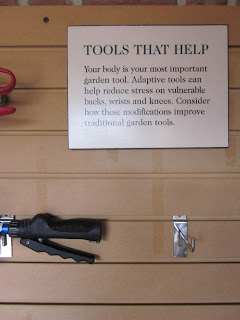A few weeks ago I went to the farm museum in Williamsburg, MA to see the town's collection of implements especially from the dairies in the area. With so many of the local dairies closing, several gone in Cummington!, and our food systems becoming more and more consolidated and industrialized, I was somewhat saddened to see the glass bottles, milkers and engines relegated to curiosities. There is a beauty to the utility of these objects with their clean lines, economy of materials and branding. How many logos and packaging materials today inspire you? Walking around that collection, I was struck with the whimsy of the packaging and details that adorned these objects that were used everyday as critical components of survival for the people using them. The details lavished on the carts and lathes speak to the pride and art that went into the creation of these objects, and the gratitude for time and energy saved by using them. From my days working for a Folk Art Dealer, and at the Freer and Sackler museums of Art, I grew to love and admire the power of everyday objects. There's magic in touching or looking at objects that have been used repeatedly in both spiritual and secular ritual. I truly enjoyed seeing the magic that was part of the farms in this town.
The following are a selection of my favorite logos and lettering from the museum....















